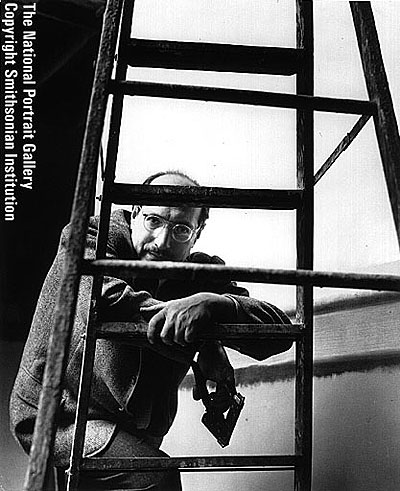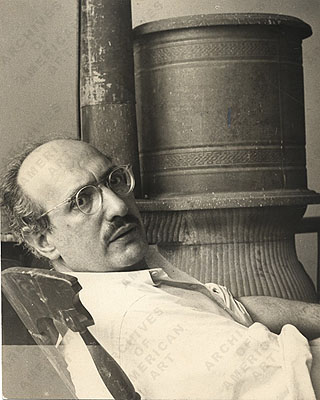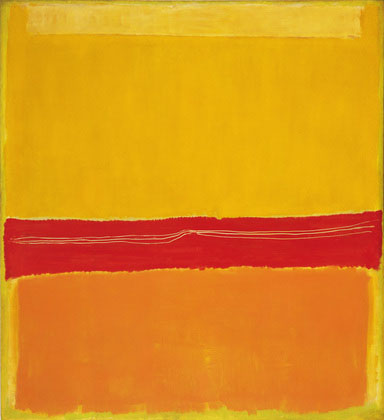
Mark Rothko, Untitled, 1953, National Gallery of Art, Gift of The Mark Rothko Foundation, 1983.


25 September 1903: Born in Dvinsk (present-day Latvia, at the time part of the Russian Empire)
1913: Arrived in the United States
1923: After dropping out from Yale University, moved to New York and began to dabble in art
1935: Became part of the artistic group of "The Ten" in New York
1940: Abbreviated his name to Rothko from Rotkovich (or Rothkowitz)
1946: Began to experiment with multiform painting
1958: Accepted commission from Seagram and Sons for the "Seagram Murals" in The Four Seasons Restaurant in New York
1960s: Fame and fortune
1964-71: Rothko Chapel
25 February 1970: Committed suicide
Well, I was browsing through a recent postage stamp catalog published by the US Postal Service (USA Philatelic, 2010 vol. 15, 2nd quarter), and there were some nice stamps in there, including the new Animal Rescue stamps. Then I came upon page 10 in the catalog with the new stamps devoted to the work of the abstract expressionists. I had seen these before but not looked closely. Now, scanning the stamp designs, I saw that one was based on Mark Rothko's painting Orange and Yellow (oil on canvas, 91" x 71", 1956; now in the Albright-Knox Art Gallery). There, on this small stamp, was a miniature version of the giant canvas of yellow and orange, worth millions and now considered to be one of the many great works from this abstract expressionist.
Strange that this Rothko painting reminded me of seeing the remarkable Jackson Pollock painting (Lavender Mist) in the East Building of the National Gallery of Art years ago, at the east Building of the National Gallery of Art, but I do not remember seeing the Rothko canvases there, and the National Gallery holds quite a collection.
That got me to wondering, especially after I had spent some time looking at hundreds of two-tone (or multi-colored) rectangular canvases done by Rothko, just what exactly defines an artist, or who has the power to determine what is art and what is simply some paint on a canvas. Remember art collectors are paying an awful lot of money to purchase a Rothko painting. (72.8 million dollars in 2007) I think that I am willing to extend the definition to great lengths but remain unsure exactly where the boundary lies. I guess it may be how much you are willing to get someone to pony up for something that you created.
That being said, there is something about the size of Rothko's paintings--they are not for the faint of heart--and you had better have a pretty large wall if you purchase one. Rothko painted on large canvases,often measured in feet, not inches. The famous "Seagram Murals," which he began working on in 1958, are each a little larger than 9' x 10'--yes, that is feet not inches. That forces the viewer into a different perspective to understand the art..
In the course, we have a variety of sites devoted to modern (post-1945) artists and art: Jackson Pollock, Jasper Johns, Andy Warhol, Frida Kahlo, Keith Haring, Bauhaus and the Gothic Movement, Art in South Africa and Animé and Manga. Some of these artists were abstract expressionists and some were pop artists, and some were neither; and some fit different categories at different times in their lives, but they all helped to shape the cultural landscape of the last sixty years.

The websites listed below (and also the books that I note) will provide you with plenty of biographical material on Rothko and also with background to his painting and to that of his contemporaries. Also, take some time and look at the examples of Rothko's painting that are available to you, but keep in mind the size disparity between what you see on the computer screen and the actual size of his paintings. Similar to the question that I ask with respect to other artists covered in this course, my assignment question then is: How did Rothko's work reflect (and also affect) developments and changes in Western culture since 1945?

